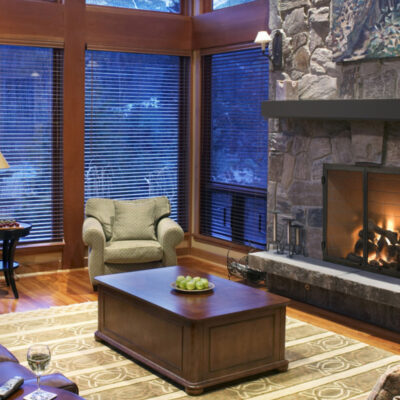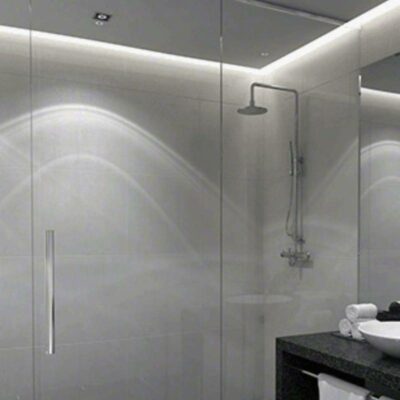
Fireplaces have long been cherished for their ability to bring warmth and coziness to our homes. However, as our awareness of the environment and energy efficiency grows, it’s essential to rethink how we use fireplaces to keep our homes warm. By making a few eco-friendly adjustments, you can enjoy the benefits of a fireplace while reducing its environmental impact. In this blog, we will explore how you can make your fireplace more energy-efficient and eco-friendly, ensuring a warm, comfortable, and sustainable living space.
Choose the Right Fuel
The first step in achieving an eco-friendly fireplace is selecting the right fuel source. Traditional wood-burning fireplaces are charming but often inefficient and environmentally unfriendly due to the emission of carbon dioxide and other pollutants.
A natural or LP gas fireplace emits fewer pollutants and is more energy-efficient than wood-burning options. It’s also easier to control, as you can easily turn it on and off when needed. Electric fireplaces emit no harmful fumes or particles. Pellet stoves burn compressed wood pellets, which are a sustainable and renewable resource. They are efficient and produce low emissions.
Invest in an EPA-Certified Wood-Burning Stove
If you’re passionate about wood-burning fireplaces, consider investing in an EPA-certified wood-burning stove. These stoves are designed to burn wood more efficiently, emitting fewer pollutants and using less fuel. They often include features such as secondary combustion, which burns off additional gasses and particulate matter.
Improve Insulation
To make the most of your fireplace’s heat, ensure your home is well-insulated. This will help you retain heat and prevent energy loss. Proper insulation reduces the need for continuous burning and ultimately saves you money while decreasing your carbon footprint.
Use a Fireplace Insert
Fireplace inserts are retrofitted appliances that fit into an existing fireplace. They significantly improve the efficiency of your fireplace by capturing and circulating heat into your home rather than allowing it to escape up the chimney.
Maintain Your Fireplace Regularly
Regular maintenance is crucial for keeping your fireplace eco-friendly. Ensure your fireplace and chimney are clean and free of creosote, a highly flammable and harmful byproduct of wood-burning. A well-maintained fireplace operates more efficiently and produces fewer emissions.
Practice Efficient Burning
If you’re using a wood-burning fireplace, it’s essential to burn wood efficiently. Use seasoned, dry hardwood, as it burns hotter and cleaner. Avoid burning wet or treated wood, which can produce harmful pollutants. Use a fireplace screen to keep the heat in your living space and maximize the heating effect.
Zone Heating
Use your fireplace as a supplemental heat source to reduce your reliance on central heating. This strategy, known as zone heating, allows you to heat only the rooms you are using, leading to energy savings.
Energy Efficiency Matters
By taking steps to make your fireplace more energy-efficient and eco-friendly, you can enjoy the warmth and comfort it provides without compromising your commitment to sustainability. Choosing the right fuel, investing in efficient appliances, maintaining your fireplace, and using it wisely can significantly reduce your environmental impact while keeping your home cozy and inviting. Explore the options available to you and start making eco-conscious choices that benefit both your family and the planet.










